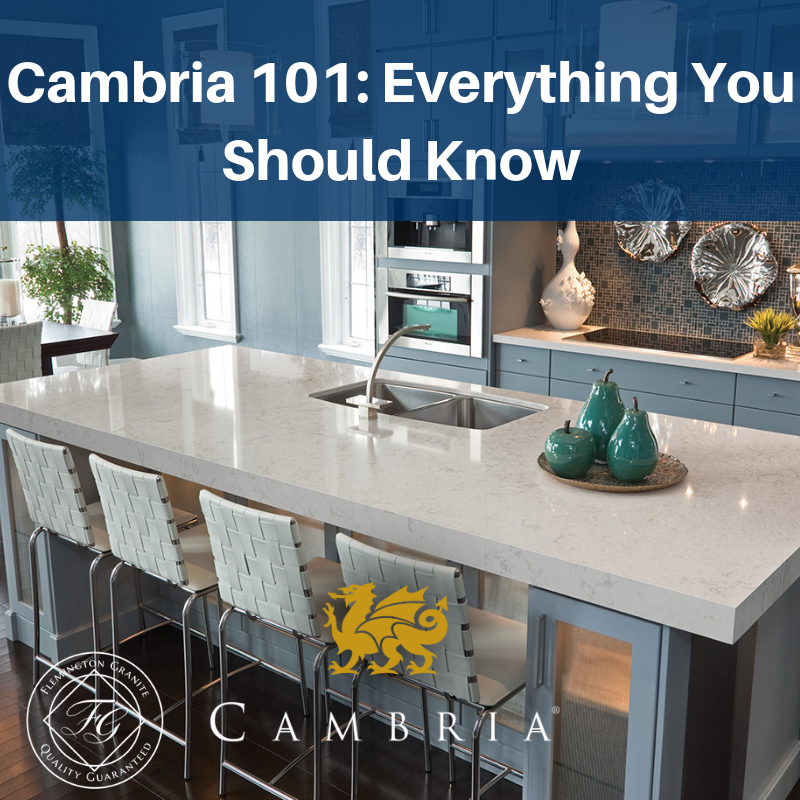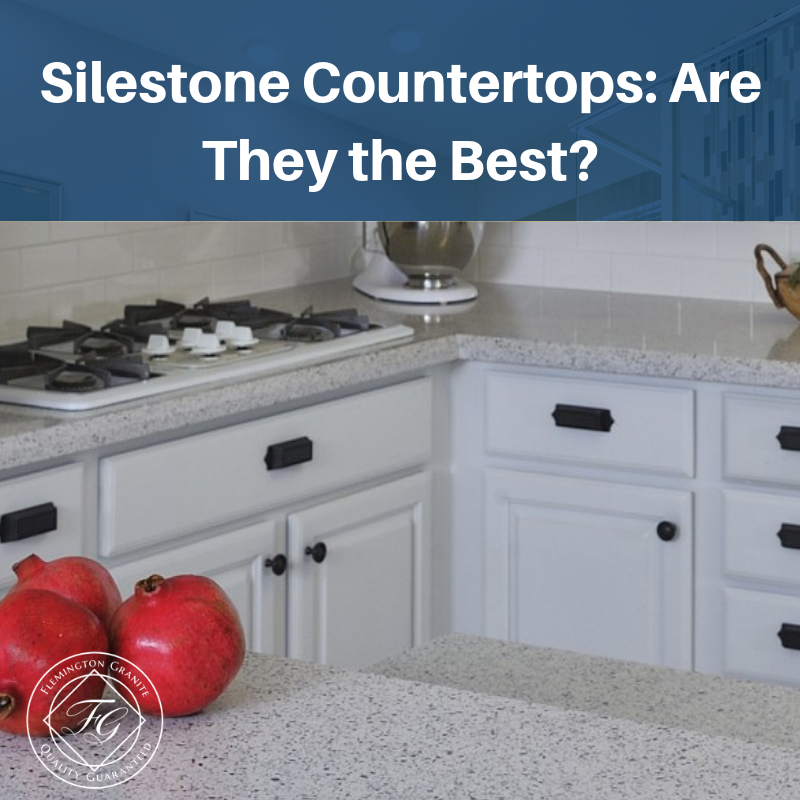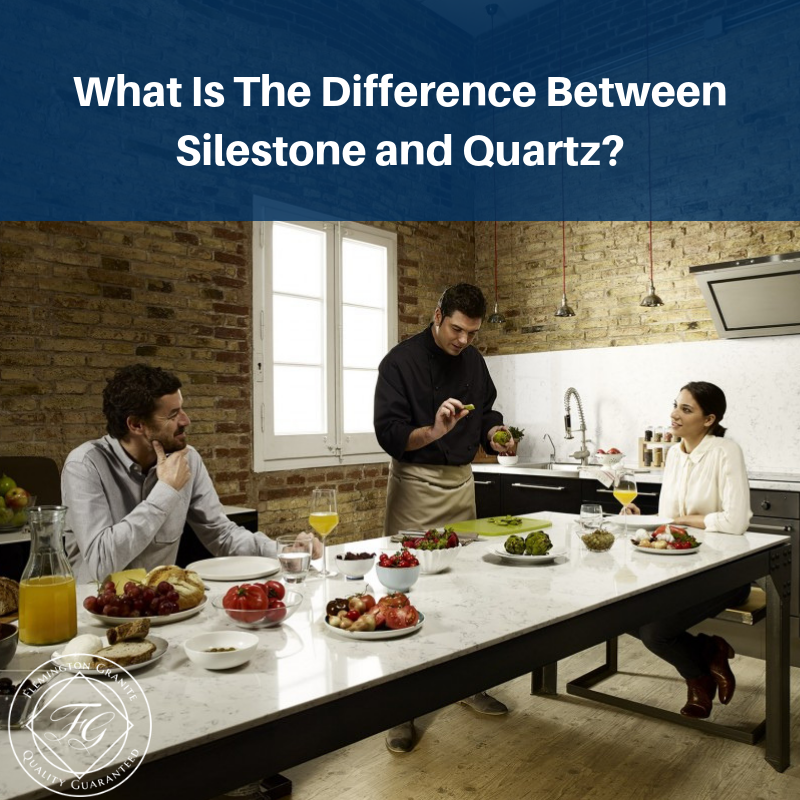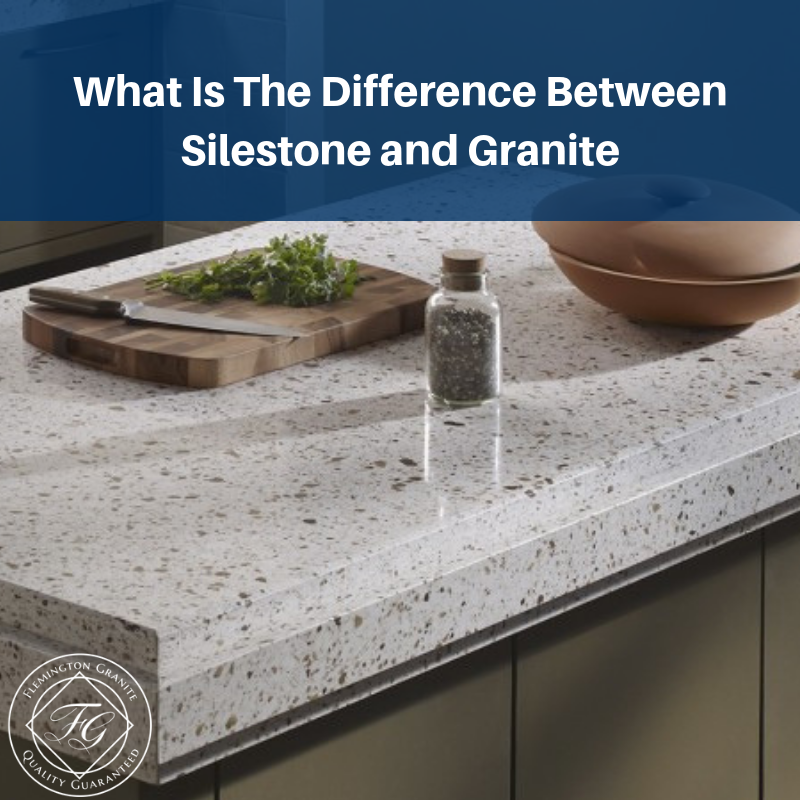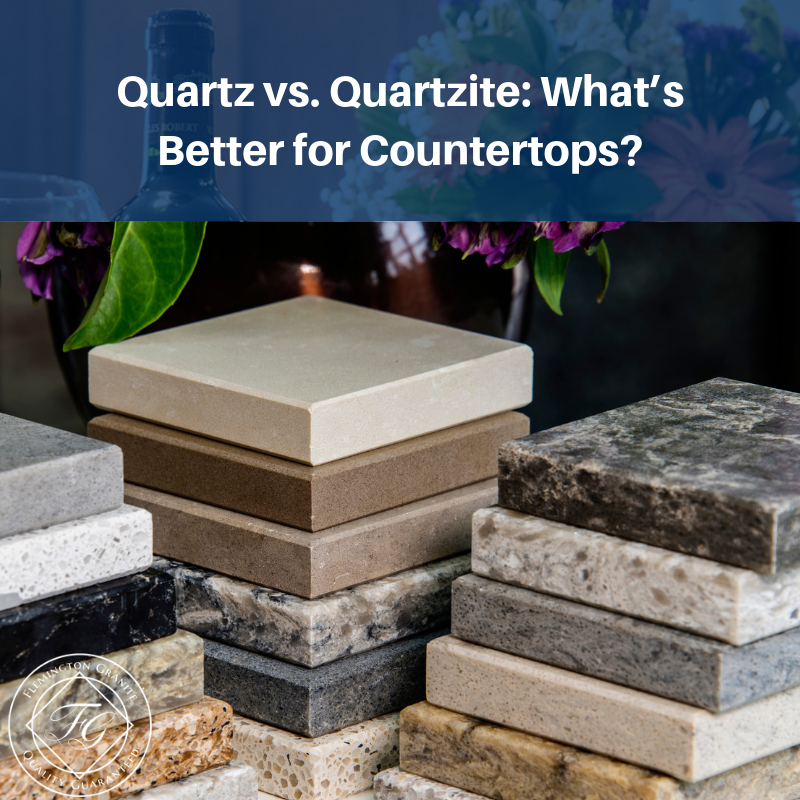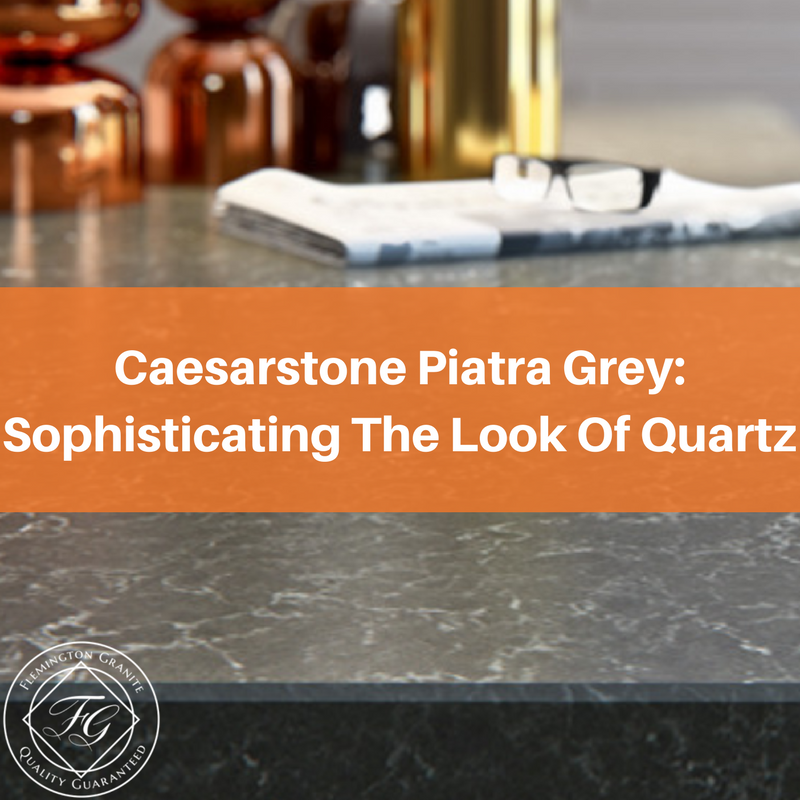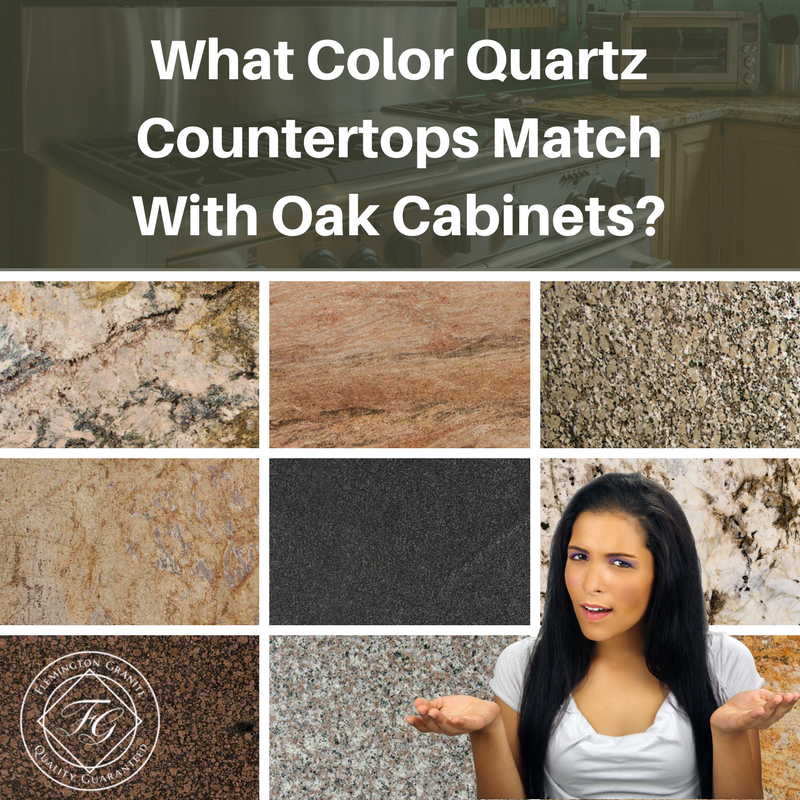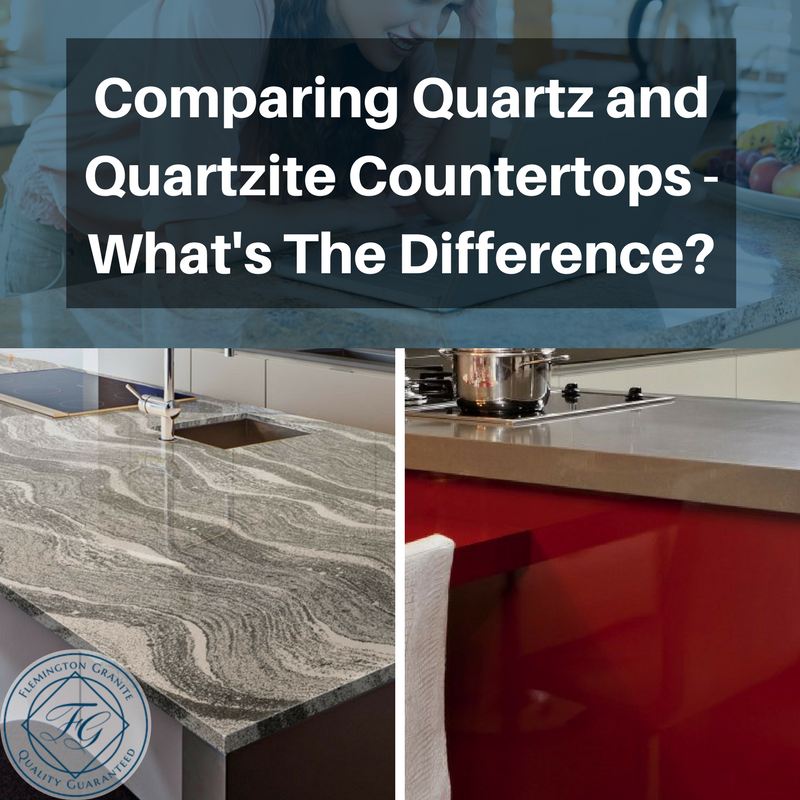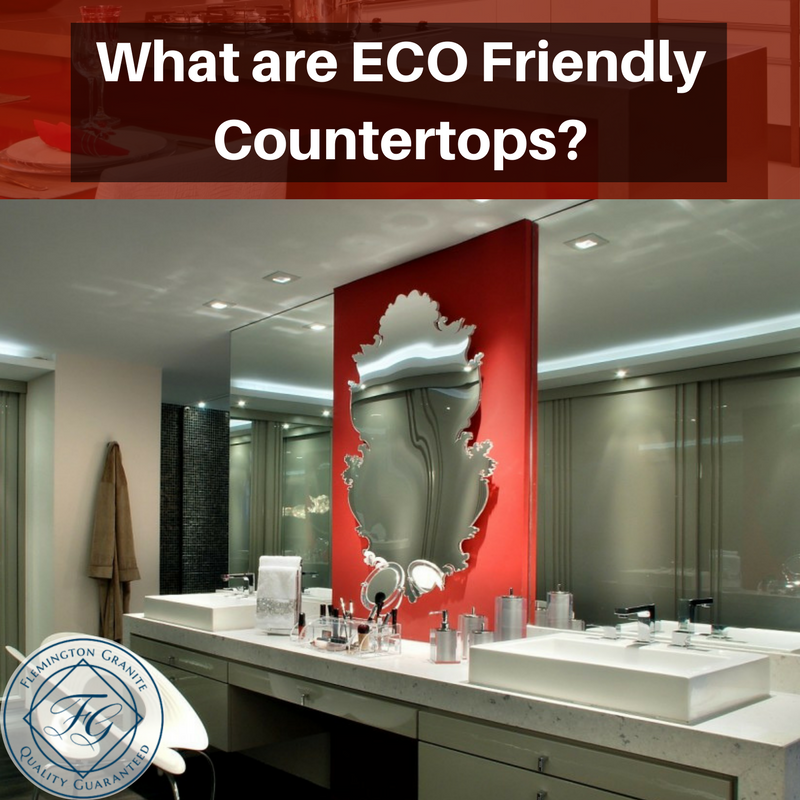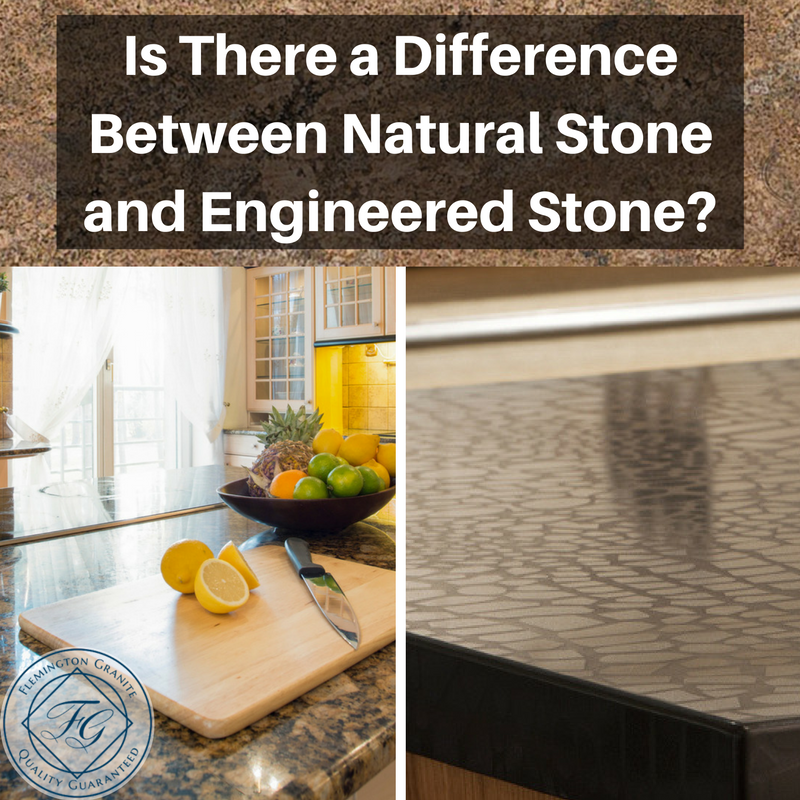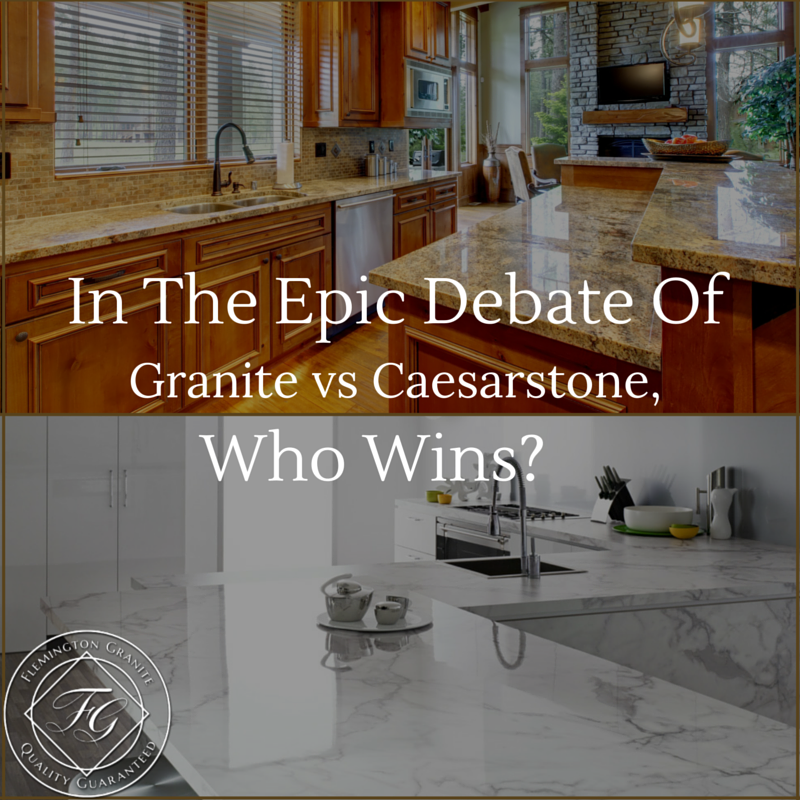There is no doubt that quartz is a durable countertop material. It is engineered to endure just about anything, including resistance to stains, scratches, heat, and corrosion as well as chipping, cracking and peeling. Its toughness comes through its manufacturing process. Quartz is a synthetic material that is classic and flawless in its appearance. It is composed of at least 93 percent crushed quartz along with resins and pigments that contributes to making it as strong as it is. The inherent strength of quartz countertops is even guaranteed and most manufacturers offer a warranty on their countertop materials for anywhere from 15-25 years.
1. Durability
There is no doubt that quartz is a durable countertop material. It is engineered to endure just about anything, including resistance to stains, scratches, heat, and corrosion as well as chipping, cracking and peeling. Its toughness comes through its manufacturing process. Quartz is a synthetic material that is classic and flawless in its appearance. It is composed of at least 93 percent crushed quartz along with resins and pigments that contributes to making it as strong as it is. The inherent strength of quartz countertops is even guaranteed and most manufacturers offer a warranty on their countertop materials for anywhere from 15-25 years.
2. Environmentally Friendly and Easy Access
As quartz is manufactured in America, it is easier to access it for countertop use; whereas, both granite and marble are exclusive to certain regions of the world and are harder to secure for use. In addition, added sources are needed for their extrication, storage, and shipping. With quartz countertop production, the environment is less disturbed and other resources related to its production, warehousing, and shipping are confined to the United States. In spite of the abundance of quartz as a mineral and its ability to remain as a viable source, some quartz manufacturers specialize in recycling and repurposing it, which enhances the eco-friendly value of quartz as well as its sustainability. There are fewer worries with supplies being depleted and shortages occurring with quartz.
3. Bacteria Resistant
In addition to the ability of quartz countertops to tolerate stains, scratches, heat, and corrosion, their surface is resistant to bacteria. The non-porous nature of quartz combats bacteria, mold and similar growths. Any cold, hot, gummy liquids or raw foods and food staples that accumulate on the surface will not be able to penetrate and cause these growth issues. You can feel safe with preparing food on a quartz countertop surface.
4. Abundance of Choices
Quartz countertop choices are abundant and there are numerous selections in styles colors and patterns. There are also options with edging and bevel styles that can be easily adapted to any homeowner’s personal taste. In addition, quartz can be used in a vertical fashion without the involvement of seaming and weight issues placements. Quartz can even be fashioned to look like natural granite or marble to the point that differences are hard to detect. So, if you like marble or granite, it is possible through quartz manufacturing.
5. Easy Care and Maintenance
Quartz countertops require limited care and maintenance. Their non-porous nature makes them an easy care material. A simple swipe with a paper towel and soapy water will clean them quickly. Though quartz is extremely durable, it is still subject to possible abrasion and staining from chemicals, bleach, and harsh cleaners, so those products should be avoided. Quartz is the perfect selection for homeowners looking for fast and worry-free cleanups without the hassle of constant attention.
6. Good Value
For its concentrated durability and high quality, quartz retains its value over the lifetime of a home. In comparison with granite, the cost of quartz is about the same, yet with quartz there is the assurance of lasting value and limited maintenance, which makes quartz countertops a worry-free asset to a home. In the long run, they pay for themselves just in their value alone.
7. Appearance Control
Quartz offers uniformity and consistency in its colors and patterns. With a granite slab, there will be inconsistencies, flaws, and imperfections while quartz will offer a smoothness and uniformity that is usually not available in a natural stone material like granite or marble. If you like consistency and smoothness and are particular about the appearance of a countertop, quartz is a more logical choice.
Quartz countertops offer super durability, classic beauty, design flexibility and maintenance ease which makes them an excellent choice for today’s homeowner. If you are looking at quartz as a countertop choice or just have questions about the product, complete the online contact form, and a representative will get back to you quickly with the answers you need.



